“I Could Never Do This Alone” – Collaboration, Trust, and Human-Centered Design at Design39
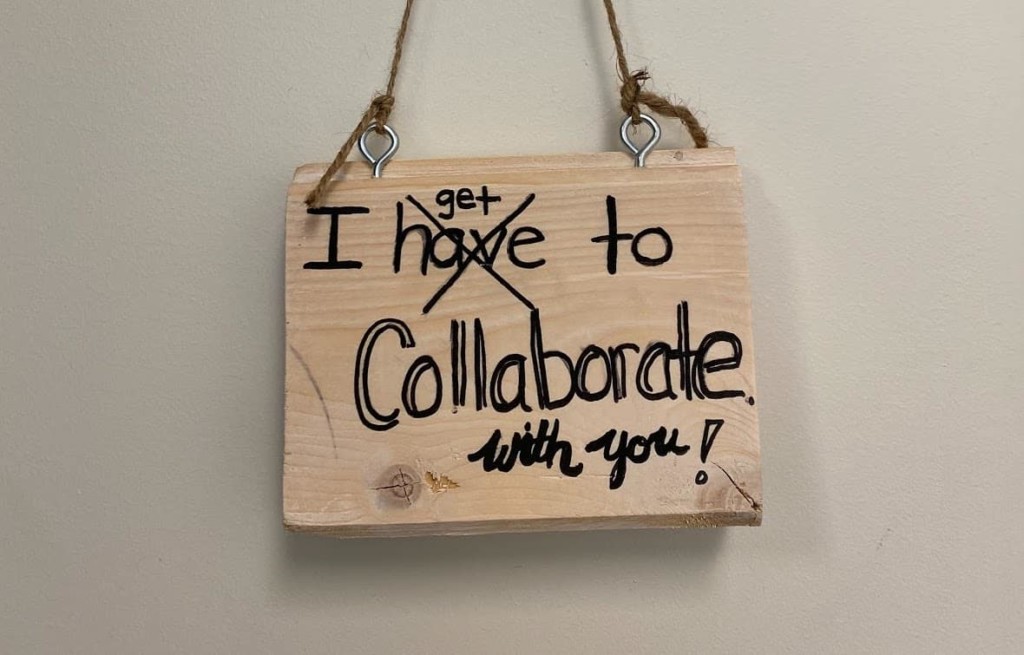
By Sabba Quidwai and Devin Vodicka
What if you no longer felt as if you were alone on your own island? Despite the unparalleled levels of burnout, stress, and frustration being experienced by educators across the globe, we’ve also seen everyone rise to the challenge with an increased enthusiasm for designing new systems and experiences to meet the needs of today’s learners. With the pandemic revealing the stark inequities and inadequacies across education in preparing learners for their world, the story of Design39 Campus serves as an inspiring national exemplar. Design 39 Campus, a TK-8 public school in San Diego, California uses design thinking to define and design a new grammar of school for The Fourth Industrial Revolution providing students with the knowledge, skills, and mindsets so that they can thrive in future workplaces as life ready thought leaders who elevate humanity.
A New Grammar of School
In 1994, education historians David Tyack and William Tobin wrote, “The Grammar of Schooling: Why Has It Been So Hard to Change,” where they made an observation that like languages, schools have a set of grammatical rules and structures such as dividing knowledge into subjects, age-based grouping, the division of time and space. During the industrial era and the years that followed, these became so well established, that despite the rapid changes taking place around us in today’s world no one really questions why we engage in outdated and exhausting practices increasingly taking a toll on our health and wellness. When we refer to a “new grammar of school” we are suggesting that the source code itself has been modified in such a way that comparisons with existing approaches become difficult if not impossible. This involves new systems, new structures, and new language as well. As an example, at Design 39 their educators are called “Learning Experience Designers” (LEDs).
Teachers as Learning Experience Designers
Principal Joe Erpelding is guided by the mantra “the future is a place we create.” Erpelding recognizes that individuals cannot and should not have to do this work alone. If educators are to have the time and space needed to define and design a new grammar of school, then leaders need to create the conditions for educators to thrive.
At Design39 Campus they begin this journey with the following question: What are you energized by? This question forms the foundation for collaboration as they recognize we can’t be great at everything, but we are all great at something. That something is your superpower that you bring to the table.
For deep and meaningful collaboration to occur amongst the LEDs there must also be a culture that nurtures a high level of relational trust. Bryk and Schneider, Tschannen-Moran, Daly, Vodicka, and others have written extensively on the importance of trust in schools. Significantly, the high levels of relational trust and collaboration provide the foundation for a radical shift away from hierarchical systems and structures and allow for a more organic, networked model. A necessary and profound result of this approach is a concurrent shift in authority, which moves away from an externally-oriented, compliance-driven focus to one that embraces agency and empowerment from individuals and teams. Radical connectivity thereby leads to radical change.
Promising Practice Study: Design39 Campus
A new study by Quidwai examines how Design39 Campus defined and designed a new grammar of school. The methodology for this study was a mixed-methods approach to gather data for analysis, using qualitative and quantitative data including surveys, interviews, observations, and document analysis. The participating stakeholders were the Learning Experience Designers from K-8. Their experience ranged from 2 to 30+ years of teaching. An online survey was sent to all 54 learning experience designers at Design39, with a 100 percent completion rate. In addition, a selected group of members from each of the grade-level teams was interviewed together as a focus group. Grade level teams are organized as K-3, 4-5, and 6-8. A random selection of six LEDs was then interviewed individually. Observations of learning experiences throughout the day and of the LEDs planning in their collaboration space known as the Design Studio was conducted. The gathered data were then analyzed to determine the validity of the assumed knowledge, motivation, and organizational assets related to their performance.
A Culture of Collaboration
A unanimous sentiment shared across all LEDs was that design thinking is an excellent approach to designing learning experiences for all learners, however, it required a strong collaborative effort. When asked what they believe made them successful in doing the work they do at Design39, they all attributed their success to the people that they work with. As one LED shared, “We have nine brains working together instead of just one.”
Over 70% of the LEDs interviewed shared that before Design39 they had felt as if they were isolated in their classroom. As one LED shared, “Before if I wanted to do a project I had no thought partners, I had no one to bounce ideas off of, it doesn’t matter how supportive your administration is it’s just really hard to do alone.” Another LED built on this and shared, “When I think about instruction, I think about how many standards can I merge into an experience. Many of the standards overlap. You can’t integrate and create experiences that nurture deeper learning on your own, you need the different lens of STEM, History and English. They shouldn’t say this is this subject or this is that they should have the flow throughout the day and that’s what we can create when we are working together.”
These sentiments shared by the LEDs present a fundamental tenet of engaging in design-based work – content is not taught in isolation, nor do people work in isolation. In an analogy presented by David Perkins, he shares how in the game of baseball we don’t spend a month learning just how to catch and then another month learning just how to bat and another month learning how to throw. Instead of isolating each area, all of the knowledge, skills, and mindsets needed to thrive as a baseball player are integrated and connected to a game as a whole. Learning experiences, Perkins says, should be conducted in the same way to allow for deeper learning. Seeing this actualized in their work each and every day with their learners was a notable value shared by the LEDs. Not only did the integration of design thinking lead to deeper learning, but the LEDs were also developing a nuanced understanding of their learners’ individual growth and development, further increasing their intrinsic motivation to persist in cross-curricular collaboration with other LEDs. This knowledge and empowerment in seeing themselves as design thinkers have also given the LEDs a greater sense of autonomy, mastery, and purpose. Daniel Pink identified these three elements as giving individuals the “drive,” to motivate themselves in the workplace. In the case of Design39, providing LEDs with a culture of collaboration fuels their motivation to define and design a new grammar of school.
When interviewed, almost every LED shared how at Design39 they felt trusted, they felt safe, they felt vulnerable and above all, they felt like they were treated like professionals. In fact, when surveyed about how supported LEDs felt by their leadership when trying new methods of teaching, an overwhelming 94% agreed or strongly agreed.
Vulnerability and Trust
Understanding the value of collaboration is key when considering transformation. The next logical question becomes: “what is required for meaningful collaboration?” The research on this topic clearly indicates that effective collaboration requires relational trust between the collaborators. Trust itself is a challenging concept, and relational trust focuses on the interactions between two or more people. When individuals interact with one another, each person makes determinations regarding how much they are willing to share based on their perceptions of safety and risk in the exchange. In other words, the more that we extend and open ourselves, the more that we must be vulnerable in the interaction. If we do not feel safe and secure in the interaction, we are less likely to be vulnerable which leads to superficial interactions instead of deep, meaningful relationships.
The concept of vulnerability was a key theme in the interviews with the team members from Design 39. In order to create a school culture where vulnerability is the norm, risk-taking must be encouraged and “failures” must be seen as lessons learned. With respect to Design 39, here the context of the interactions between staff is influenced by the pedagogical orientation to human-centered design thinking. Interestingly, there exists a reciprocal cycle where the emerging culture of vulnerability ultimately allowed the LEDs to continue mastery of their craft in collaboration with others to integrate design thinking to define and design a new grammar of school.
The connections between the culture of the school and the learning model orientation to human-centered design thinking manifest themselves in other important ways. For example, just as design thinking emphasizes risk-taking and collaboration, it also encourages the pursuit of connections from diverse perspectives. In addition to empathy as part of the design process which requires people to not work in isolation, what follows is that content is also not taught in isolation. We are therefore not surprised to see that Design39 provides an array of interdisciplinary experiences. This example illustrates one of the many benefits of having shared values and a commonly understood learning model to guide and sustain ongoing collaborative efforts.
While every member of the community has a responsibility and influence in the ongoing development of the school culture and climate, those with formal authority have a significant effect with respect to a critical feature such as risk-taking, thereby impacting the staff members’ willingness to extend vulnerability to one another. As found in Vodicka’s dissertation study (2007), the level of relational trust that teachers held for the principal was associated with their level of social connectedness with other teachers.
We should therefore not be surprised that at Design39 the culture of innovation is built on a foundation of trust and collaboration. A community where diversity of ideas, personalities, and skills is nurtured and valued. The culture at Design39 marks a radical shift in education organizations from power and decisions that are traditionally made externally to a culture of radical connectivity amongst the individuals who make up the organization and their ideas.
For more, see:
- Donna McDaniel on Real World Learning
- Getting Clearer: Career and Technical Education
- 5 Recommendations to Improve Remote Learning
Sabba Quidwai is a social scientist, a graduate of the Global Executive EdD program at the University of Southern California, and a former high school Social Science teacher.
Devin Vodicka is the Chief Impact Officer at Altitude Learning, author of Learner-Centered Leadership, and former superintendent of Vista Unified School District (San Diego, CA).
Stay in-the-know with innovations in learning by signing up for the weekly Smart Update.



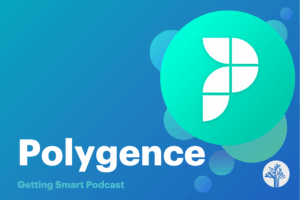
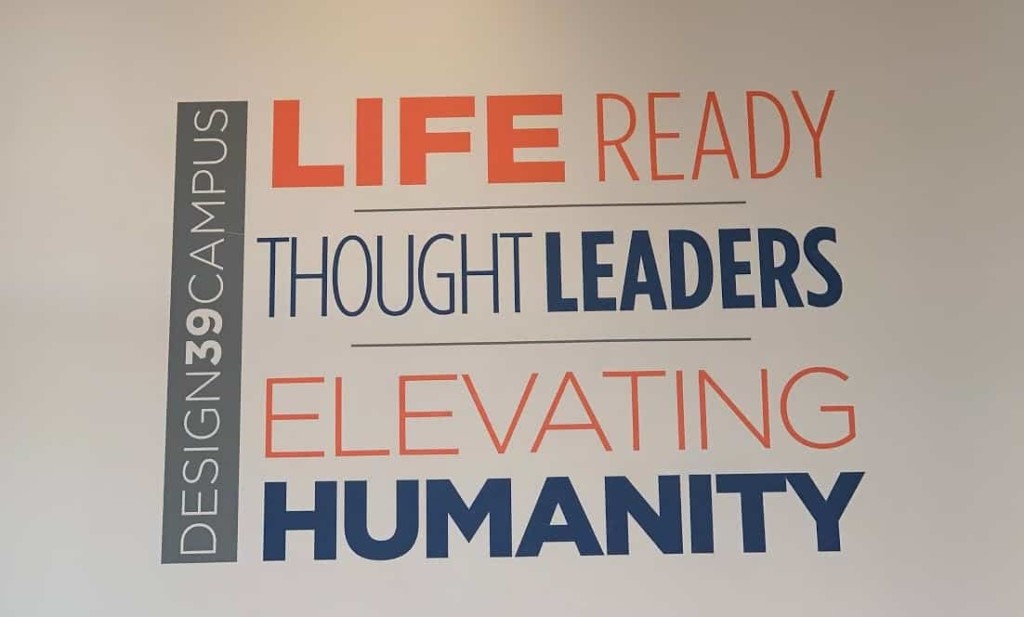

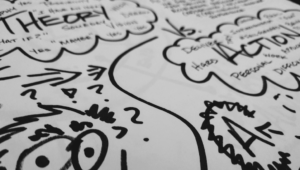

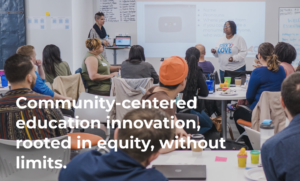
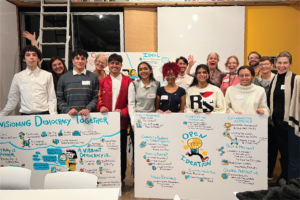
0 Comments
Leave a Comment
Your email address will not be published. All fields are required.